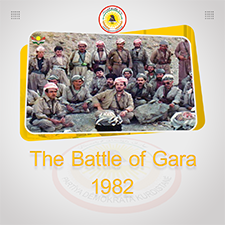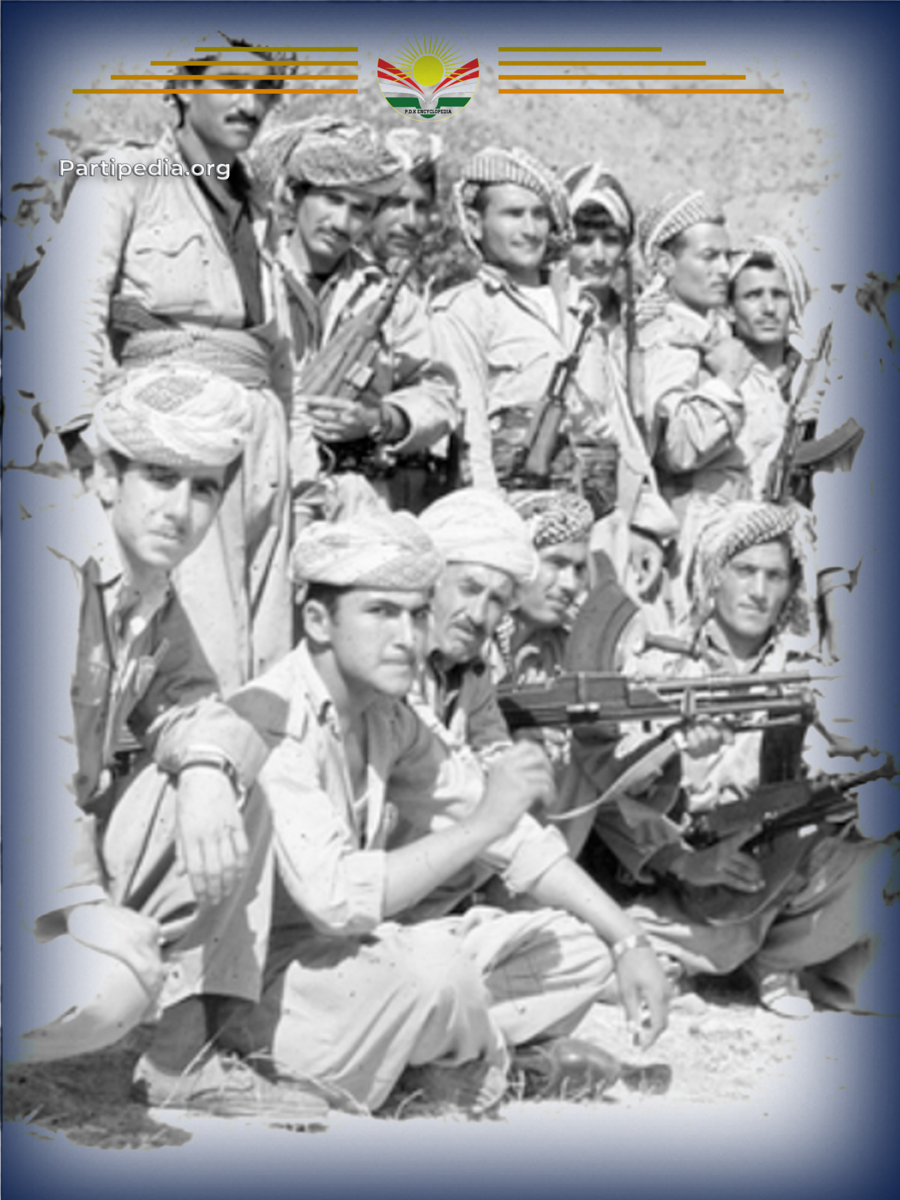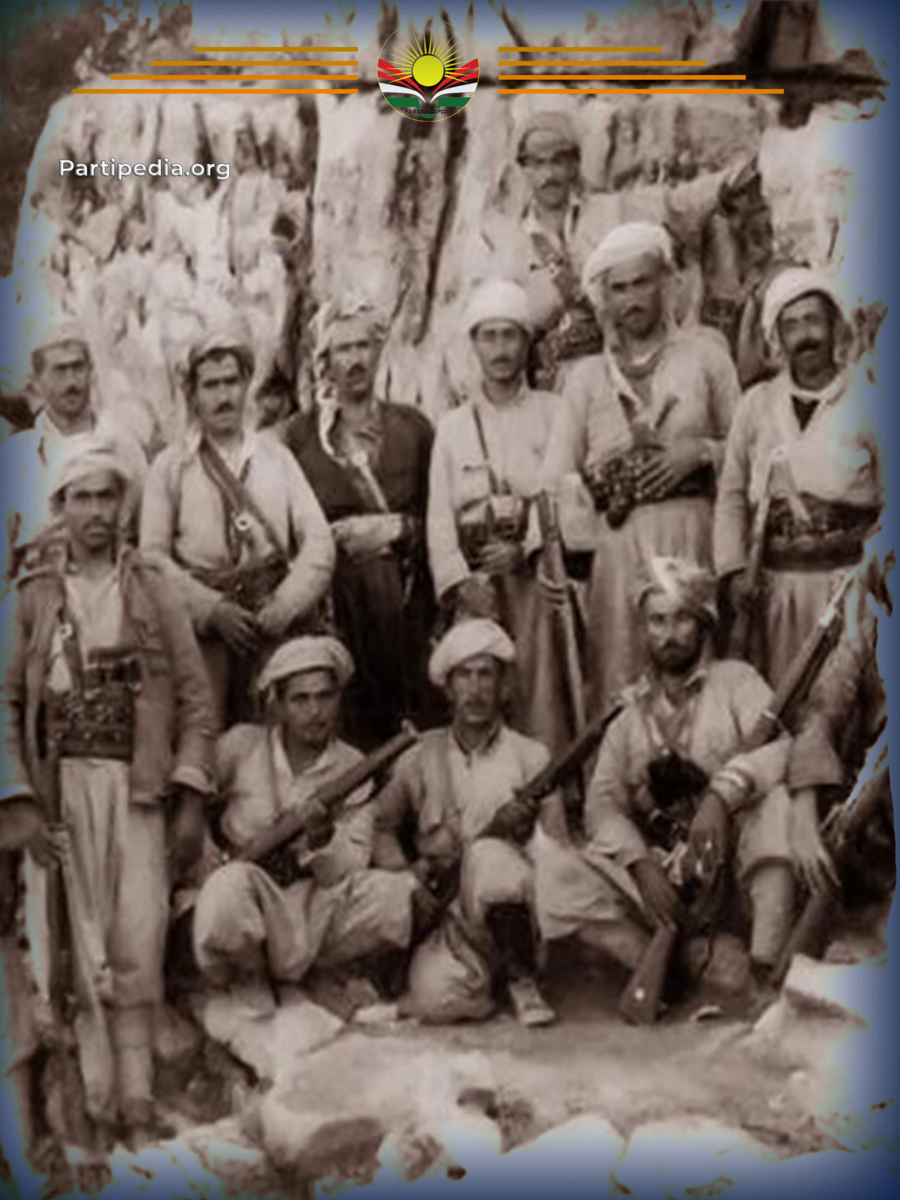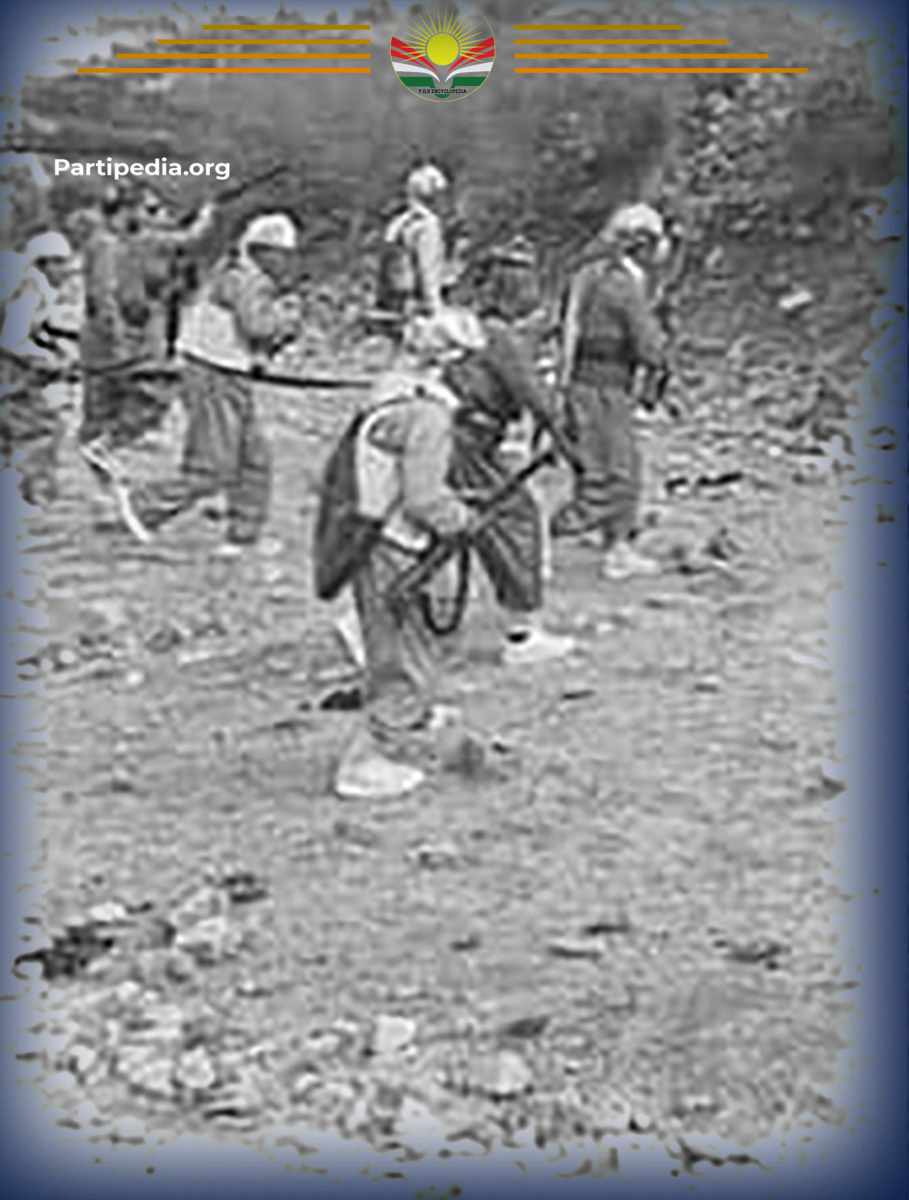The Ba'ath government's longstanding practice of excluding Kurds from participating in the country's governance and denying them citizenship based on equality and legality had fostered a deep sense of protest among the Kurdish people. This sentiment led them to turn against the military, security, and armed institutions, as the oppression they faced spurred them to voice their dissent through mass demonstrations and resistance against the government's security agencies[1]. Simultaneously, the National Movement of the Revolutionary Leadership recognized that the Ba'ath government was impervious to dialogue and peaceful resolutions. Consequently, they resolved to prepare for a form of struggle that the Ba'ath leaders would comprehend: armed guerrilla warfare[2]. In their struggle against the Ba'athist institutions, the revolutionary leadership consistently sought to expand the liberated areas and the Peshmerga's activities within the government's domain of power. To demonstrate their capabilities and strike a significant blow to the military forces and mercenaries, a Peshmerga force was dispatched to several strategic locations on December 10, 1982, effectively attacking the bases and headquarters of the Maghawir forces and mercenaries (jash) at a depth of 70 km in Siani Gara. Following an intense and protracted conflict spanning three days and nights, the Peshmerga attack inflicted significant harm upon the government forces, thereby generating a profound impact within the region[3].
Source:
- مهسعود بارزانی، بارزانی و بزوتنهوهی ڕزگاریخوازی كورد، بهرگی چوارهم، 1975-1990 شۆڕشی گوڵان، بهشی دووهم، چاپی یهكهم، چاپخانهی ڕوكسانا، 2021.
- جهمال فهتحوڵله تهیب، بزوتنهوهی ڕزگاریخوازی كورد له باشوری كوردستان 1976-1980، چاپی یهكهم، چاپخانهی شههاب، ههولێر-2012.
- نوری حهمه عهلی، مێژووی تێكۆشانی پێشمهرگهیهك له نێوان ژیان و مهرگدا، چاپخانهی شههاب، چاپی دووهم، ههولێر – 2016.
[1] نوری حهمه عهلی: مێژووی تێكۆشانی پێشمهرگهیهك له نێوان ژیان و مهرگدا، چاپخانهی شههاب، چاپی دووهم، ههولێر – 2016، ل65.
[2] جهمال فهتحوڵله تهیب: بزوتنهوهی ڕزگاریخوازی كورد له باشوری كوردستان 1976-1980، چاپی یهكهم، چاپخانهی شههاب، ههولێر-2012، ل99.
[3] مهسعود بارزانی: بارزانی و بزوتنهوهی ڕزگاریخوازی كورد، بهرگی چوارهم، 1975-1990 شۆڕشی گوڵان، بهشی دووهم، چاپی یهكهم، چاپخانهی ڕوكسانا، 2021، ل60.








